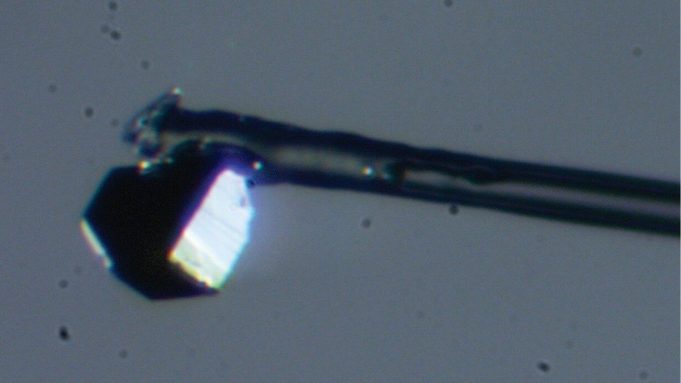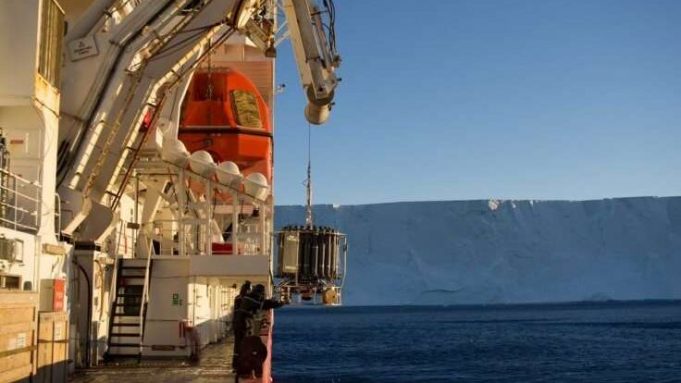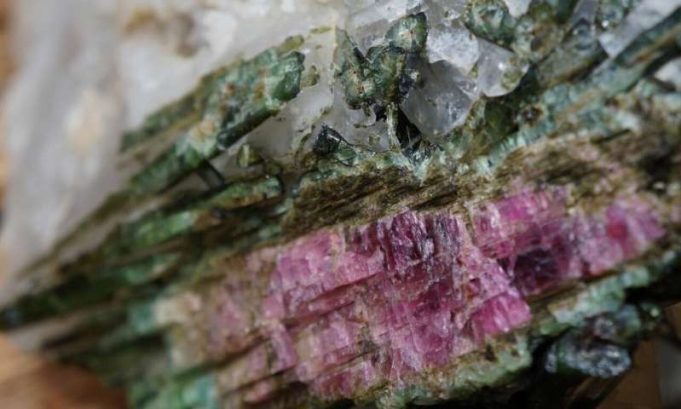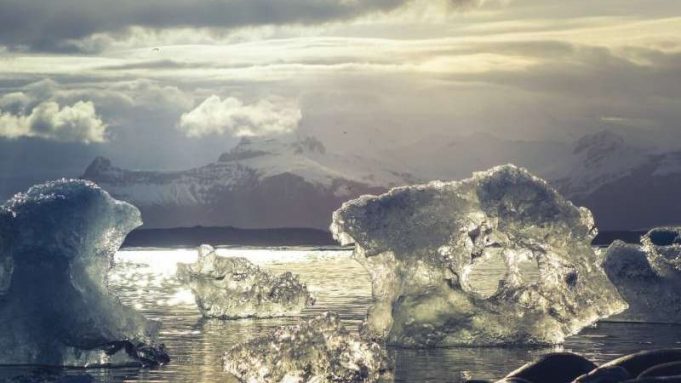A Ph.D. student at the University of Alberta has discovered a new and curious mineral inside a diamond unearthed from a mine in South Africa.
The mineral—named goldschmidtite in honor of Victor Moritz Goldschmidt, the founder of modern geochemistry—has an unusual...
The supply of dense Antarctic water from the bottom of the ocean to the Atlantic has declined in recent years. However, a new study explains for the first time how since 2014 this has stabilized and slightly recovered due...
As a nation "girt by sea," Australians live with the joy and risks of the ocean.
We swim, we surf, we sail and we fish. And rock fishing is something around 1.2 million Australians enjoy doing.
But over the past 13 years, Surf...
The tides are turning in a quest to solve an earthquake mystery.
Years ago, scientists realized that earthquakes along mid-ocean ridges—those underwater mountain ranges at the edges of the tectonic plates—are linked with the tides. But nobody could figure out...
The first minerals to form in the universe were nanocrystalline diamonds, which condensed from gases ejected when the first generation of stars exploded. Diamonds that crystallize under the extreme pressure and temperature conditions deep inside of Earth are more...
Researchers studying hydraulic fracturing have answered a longstanding question over how the practice can sometimes cause moderate earthquakes and may be able to use their model to forecast when quakes linked to fracking might occur.
The team of seismologists and...
Scientists combing through databases of earthquakes since the early 1990s have discovered a possible defining moment 10-15 seconds into an event that could signal a magnitude 7 or larger megaquake.
Likewise, that moment—gleaned from GPS data on the peak rate...
Earth's magnetic field seems steady and true—reliable enough to navigate by.
Yet, largely hidden from daily life, the field drifts, waxes and wanes. The magnetic North Pole is currently careening toward Siberia, which recently forced the Global Positioning System that underlies...
Geoscientists have released a video that for the first time shows the uninterrupted movement of the Earth's tectonic plates over the past billion years.
The international effort provides a scientific framework for understanding planetary habitability and for finding critical metal resources needed...
Analyses show that gases found in microscopic inclusions in diamonds come from a stable subterranean reservoir at least as old as the Moon, hidden more than 410 km below sea level in the Earth's mantle.
Scientists have long suspected that...
For the first time, researchers at the University of Michigan have detected bromine atoms in the atmosphere, and in doing so, have confirmed the reaction pathway through which mercury is removed from the atmosphere and enters the ecosystem in...


















